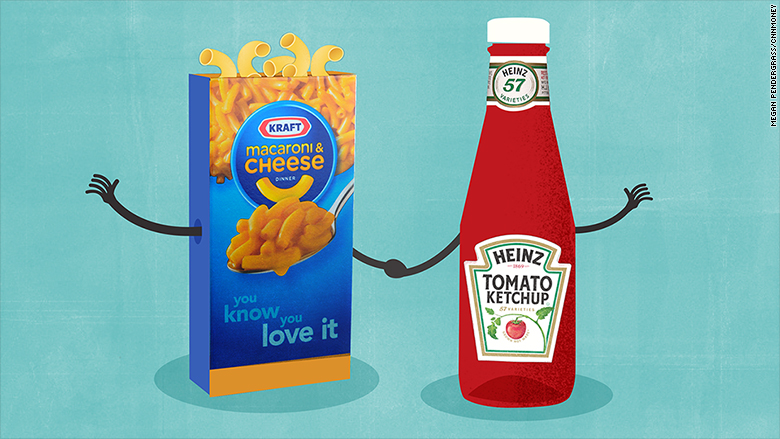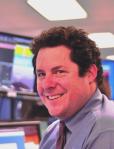

Whoaaa!…EDITOR NOTE RE: story below–re-distributed June 6 by this platform ONLY AFTER numerous ‘highly-accredited’ news outlets did the same earlier that day, has since been overtly challenged for its accuracy/veracity by IndexUniverse .
In hindsight, IU’s challenging multiple media outlets that regurgitated this story for a failure on the part of mainstream journalism in general is harsh, but not unwarranted when considering the overall decline of reporting. This is double-edged sword of an all-web world that enables and demands a 24/7 news cycle, which is powered by emotion and a lust for breaking stories–as opposed to well-researched reporting.
Without anyone having the benefit of actually being able to speak with any AAPL HR/Benefits execs to confirm or deny the elements of the story first written by SourceMedia Inc.’s Employee Benefit News, we respectfully caveat that EBN ‘s senior editor (who is the by-line author) either failed to do any fact-checking, or perhaps the story she attempted to write is that Apple Inc.’s HR/Benefits team plans on introducing yet another investment opportunity, within a presumably long list of funds that large company employees can invest their 401k money into. To our valued audience, we–as well as Benzinga’s reporter are contrite for any role we might have inadvertently played in reporting what might end up being an inaccurate or erroneous report from SourceMedia’s Employee Benefit News.
All of that aside, the concept of offering an ETF-specific investment program within a list of options for employees of large and or small companies makes perfect sense. Charles Schwab has certainly acknowledged that it is working on such an investment program, albeit it is apparently still in development.
By Benzinga.com
Apple AAPL +1.53% , the largest U.S. company by market value, is once again setting a standard for innovation, but this time the innovation isn’t coming by way of the iPhone, iPad or Apple TV. Rather the company is making the move to an ETF-only retirement plan for its employees.
While the exchange-traded products has grown by leaps and bounds in recent to almost 1,470 total products with over $1.13 trillion in assets under management at the end of May, ETFs still are not prominently used in in company-sponsored retirement plans such as 401(k) plans. That market is still largely dominated by mutual funds.
At the end of 2010, ETF assets in 401(k) plans were scant at just $5 billion, or 0.2% of total assets, compared to $1.8 trillion, or 58% of 401(k) assets, according to Cerulli Associates. However, some firms are pushing the ETF/401(k) issue. For example, ExpertPlan announced that it will add more than 900 ETFs, including those offered by Barclays, Claymore, First Trust, iShares, Rydex and Wisdomtree, according to ETF Trends.
Charles Schwab SCHW +2.27% , the eleventh-largest U.S. ETF sponsor, has been working on an ETF-only 401(k) plan that would use index-based ETFs. Capital One’s COF +0.68% ING Direct offers index ETFs in its Sharebuilder 401(k) plan, and T.D. Ameritrade AMTD +2.41% also includes ETF options in its 401(k) plan, ETF Trends noted earlier this year.
But the move by Apple, not only the largest, but the most innovative U.S. company in the eyes of many, to all-ETF retirement plans stands as the strongest endorsement to date of the utility of ETFs when it comes to retirement planning. Continue reading →













